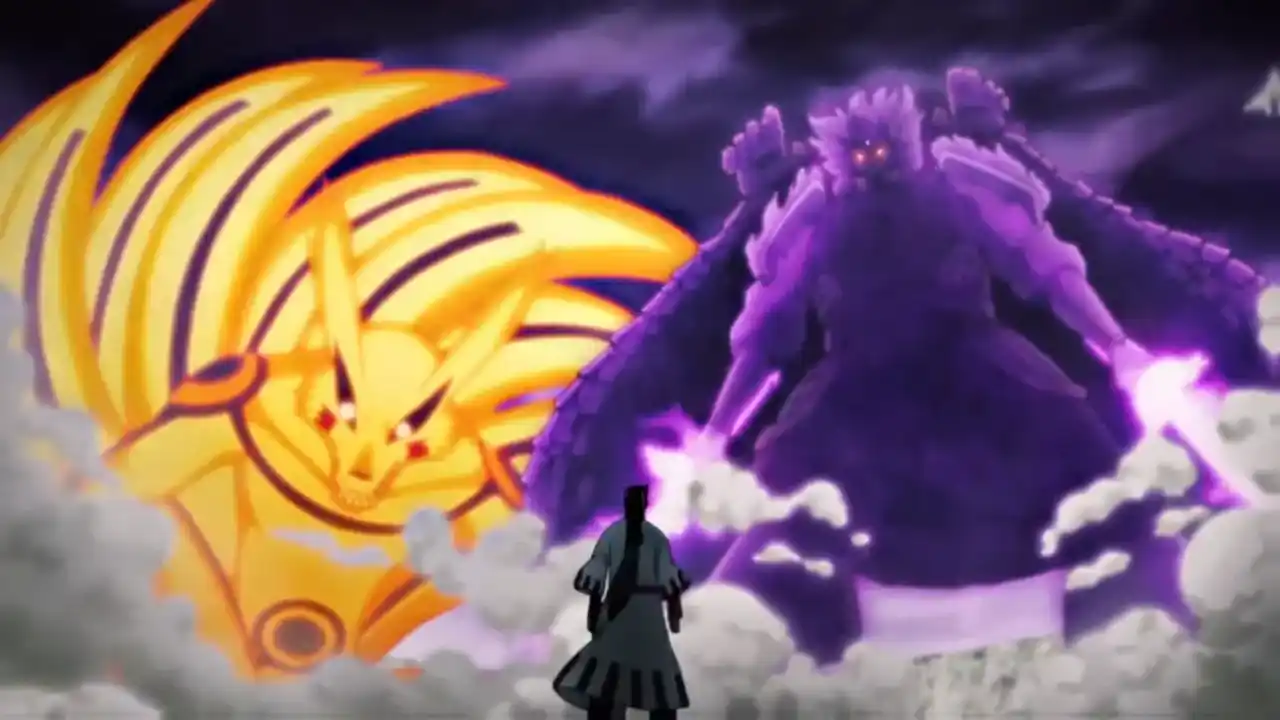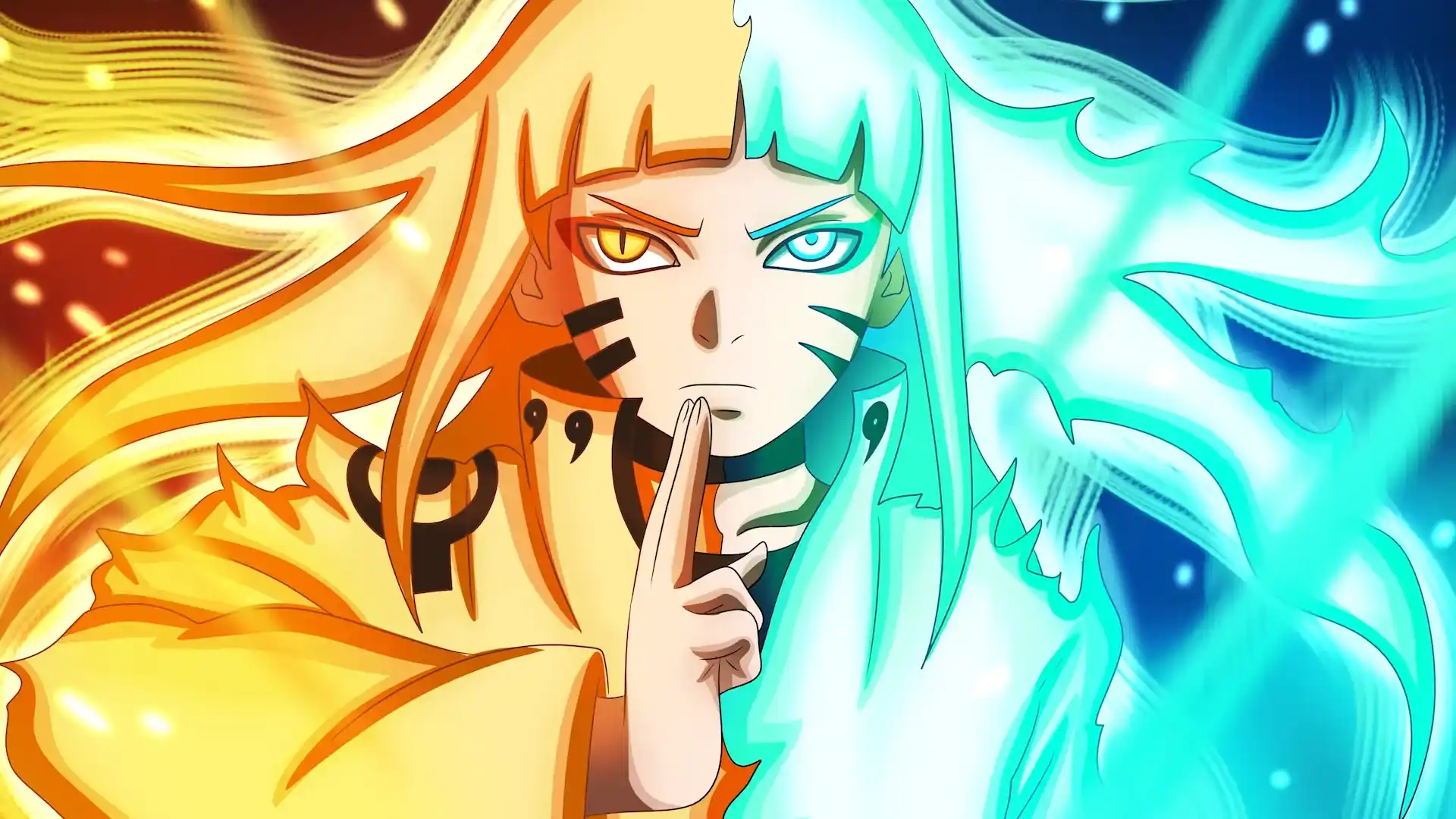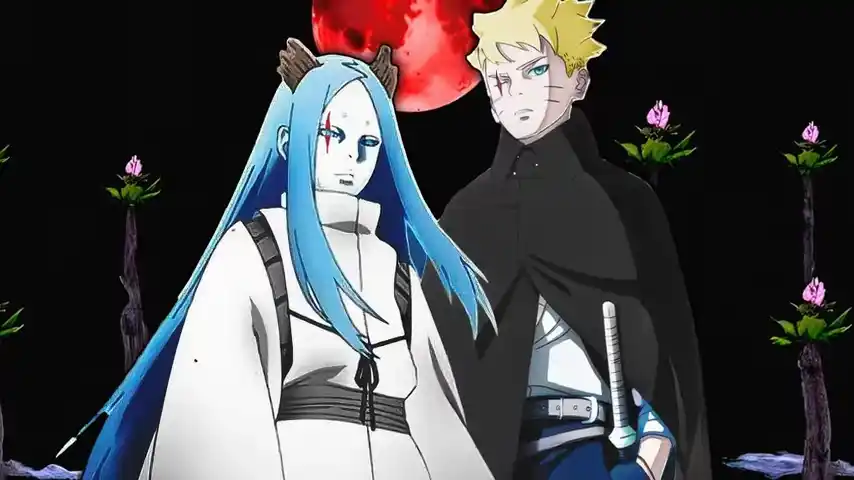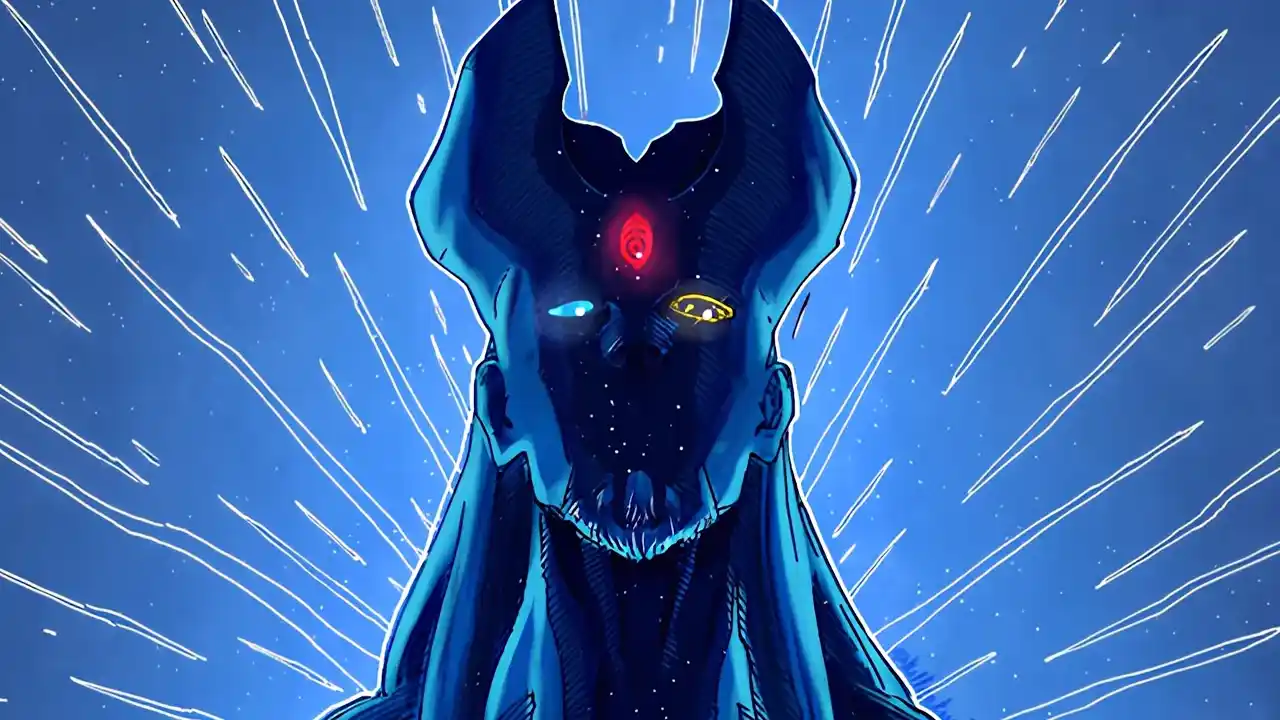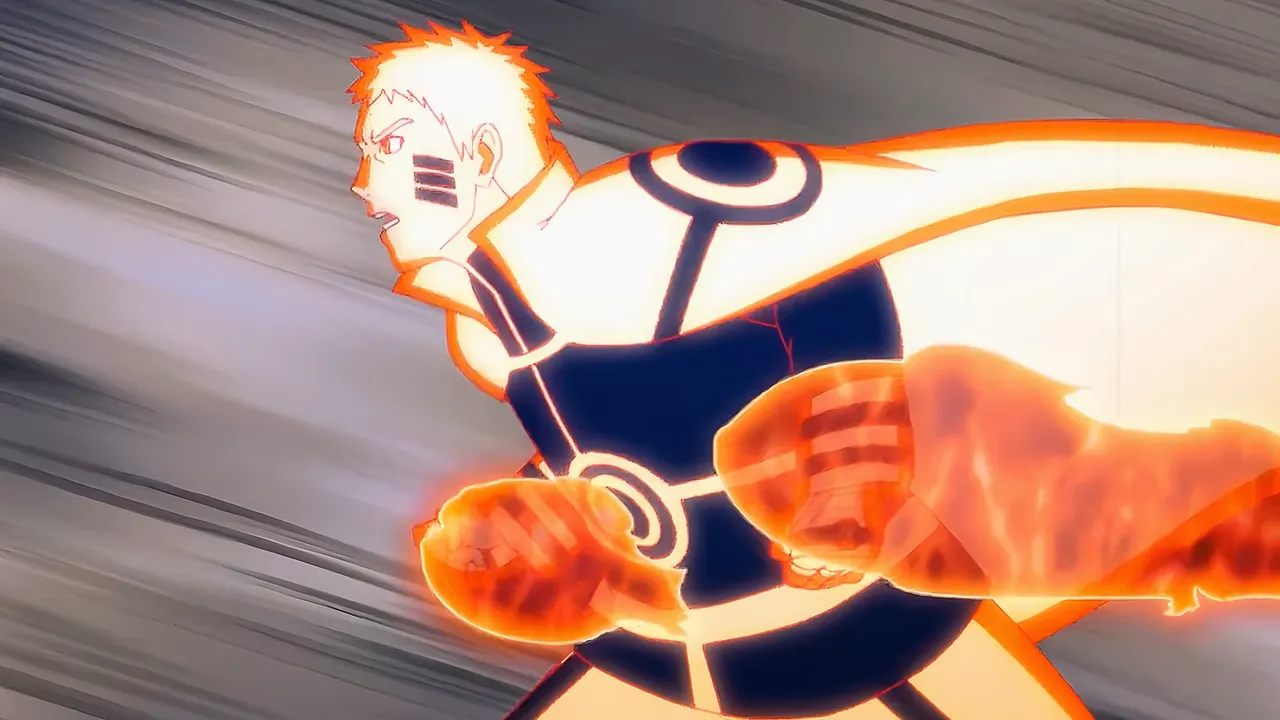Kawaki’s Secret in Boruto Manga: The Truth Behind Konoha’s Fall
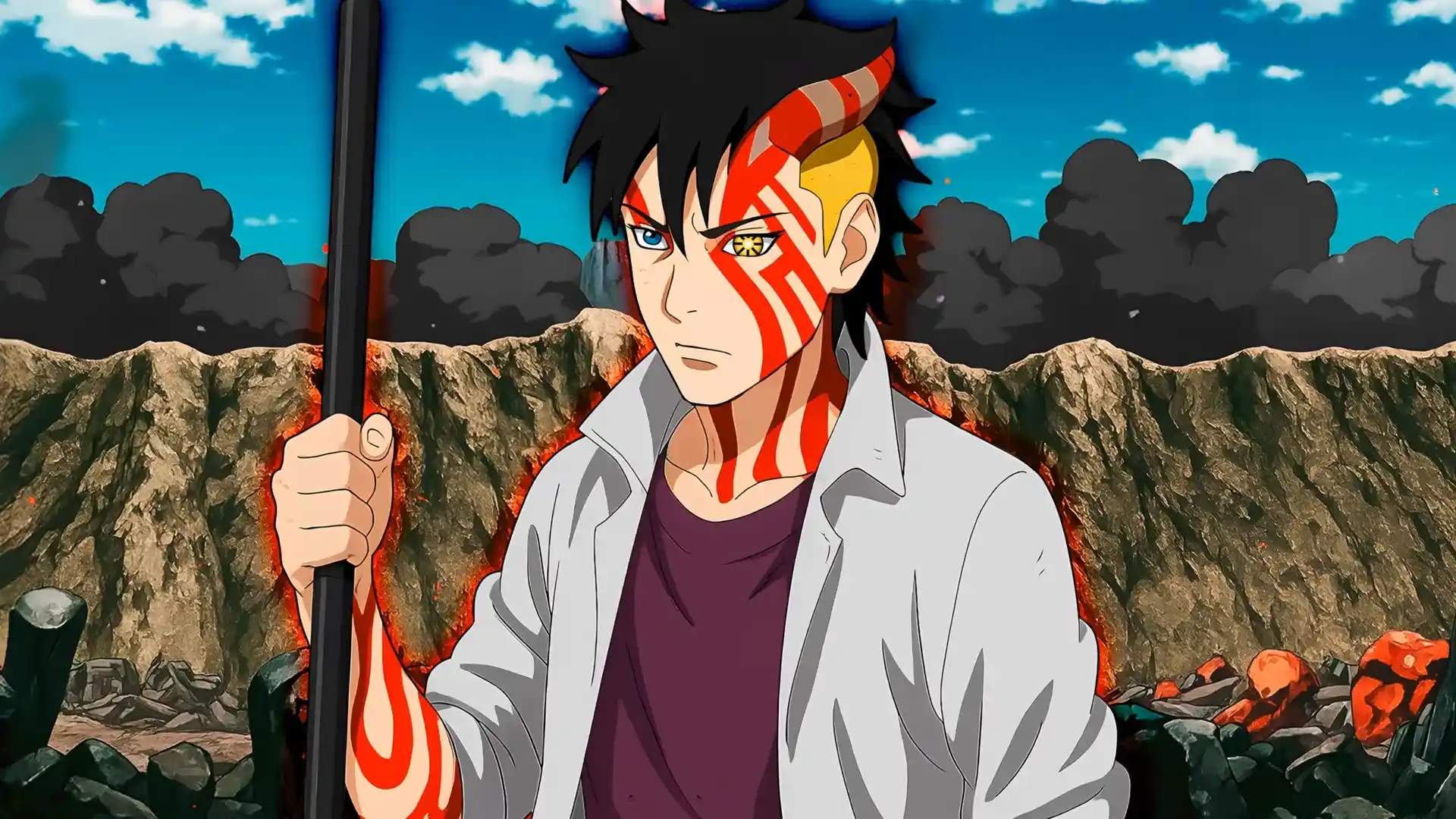
Kawaki’s Shocking Motive Behind Konoha’s Fall
Kawaki, who everyone assumes is the main villain, is actually Boruto’s last line of defense. Today, we’re diving deep into the very first chapter of the Boruto manga and breaking it down under a microscope to prove that the iconic line, “I’ll send you to the same place I sent the Seventh Hokage,” isn’t a threat at all, but a desperate attempt to save the world.
That line stuck with fans for years because most people are convinced it’s a threat. But the truth is, it means something completely different. Kawaki’s final words in that chapter aren’t a declaration of war. They’re a plea: “Stop resisting, and you’ll survive.” And that’s exactly what makes Kawaki such a tragic figure—he’s willing to be hated by the entire world if it means saving the one person who became his brother.
There’s a popular belief that this scene happens at the end of the story, post-timeskip, and that either Kawaki or Boruto is responsible for the destruction of Konoha. But that theory doesn’t hold up. In the latest Boruto Two Blue Vortex manga chapters, we’ve seen Boruto slowly losing control over his Karma, and his fear of being taken over by Momoshiki only grows.
But if we go back to Chapter 1, it’s obvious Boruto is fully in control of Karma. So here’s the question: could it be that it’s not Momoshiki, but Kawaki—or someone else entirely—who caused the destruction of the village? If you look closely at their conversation in Chapter 1, you’ll notice something: it’s fragmented, incomplete. It doesn’t sound like just a personal showdown.
It feels like they’re fighting each other while also reacting to some outside threat. In one panel, Konoha is still standing; in the next, it’s completely in ruins. There’s a huge chunk of story missing between those two scenes. And that’s nothing new—Masashi Kishimoto has done this before in Naruto.
He’s intentionally left out major events, only to reveal them later. Ever since Kashin Koji showed up, we’ve known the future isn’t set in stone. There are multiple possible outcomes. And in every one of those futures, there’s some outside force that ends up killing Boruto. That force? The Shinju. Yeah, the very same Tree Beings Koji warned us about. So it actually makes a lot more sense: they’re the ones who destroyed Konoha.
They’re the real enemies. And Kawaki and Boruto are fighting on the same side. Seeing how hopeless the situation is, Kawaki decides he has to at least limit the damage. That’s when the “same place I sent the Seventh” line takes on a whole new meaning—not as a threat, but as an act of desperate protection.
Remember: Naruto is sealed in a dimension that’s under Kawaki’s control. That tells us his goal isn’t to kill Boruto at all—but to save him. In recent chapters, we’ve also learned something else: Jura no longer wants to absorb Boruto—he wants to destroy him. Meanwhile, Kawaki is still considered a viable target for absorption. Which means Kawaki’s doing everything in his power to protect Boruto. He knows the end is near.
Most of Konoha’s population has likely already been absorbed by the Divine Tree, and the appearance of the Chakra Fruit is just around the corner—marking the death of the world, just as Koji predicted. So now let’s take another look at what’s happening in Chapter 1. Boruto, Kawaki, Mitsuki, Sarada, and Himawari—they’re all defending the Hidden Leaf.
And each one seems to be fighting one of the five Shinju. Coincidence? No way. Five heroes. Five enemies. In the middle of the battle, someone either dies or is seriously injured. And that’s when Kawaki snaps—just like when Naruto was taken. His trauma kicks in, and he panics. He’ll do anything to save the ones who are left.
Using the power of Daikokuten and the Kōkugan, he tries to teleport everyone into his personal dimension to hide them from the Shinju. He uses Sukunahikona to shield them. Knowing he’s about to lose everything, he gives Boruto one final warning: surrender, or you’ll die. And it’s right after that moment that Konoha gets destroyed. But Boruto—who now calls himself the last shinobi—refuses to back down.
He chooses to fight, no matter what. And that’s when the pieces start falling into place. The Shinju and Akebi are hunting Boruto and Naruto. And Kawaki realizes he’s the only one who can change how this ends. His actions are driven by desperation and the realization that there’s no other way out. Everything points to one goal: escape to a different reality and start over.
Don’t forget—both Kawaki and Boruto have the ability to open interdimensional portals through Karma. So that line—“the same place I sent the Seventh Hokage”—isn’t a death sentence. It’s a rescue mission. And knowing that flips our entire view of Kawaki’s motives. He’s not an antagonist—he’s a person pushed into an impossible situation, where no decision is truly right.
His fear of losing the people he loves is a natural result of the deep emotional scars he carries. As for Boruto—his refusal to run, his understanding of his purpose, and his willingness to stand and fight ‘til the end—only add to the emotional weight of it all and highlight how far he’s come as a warrior and a protector.


